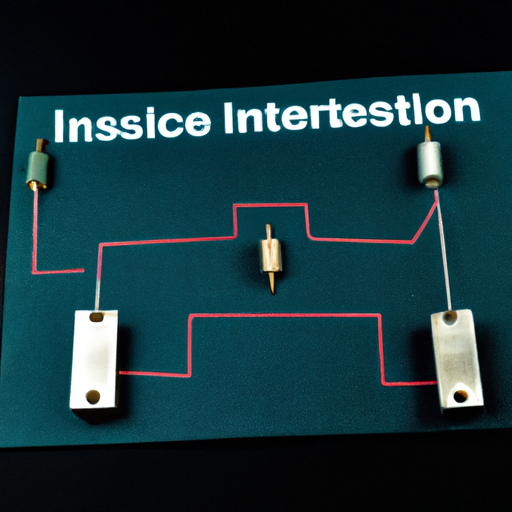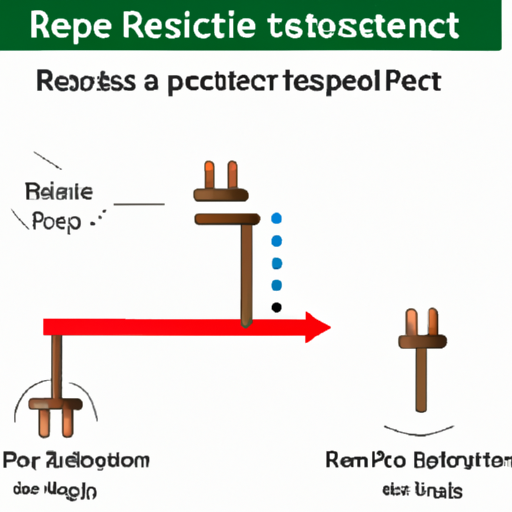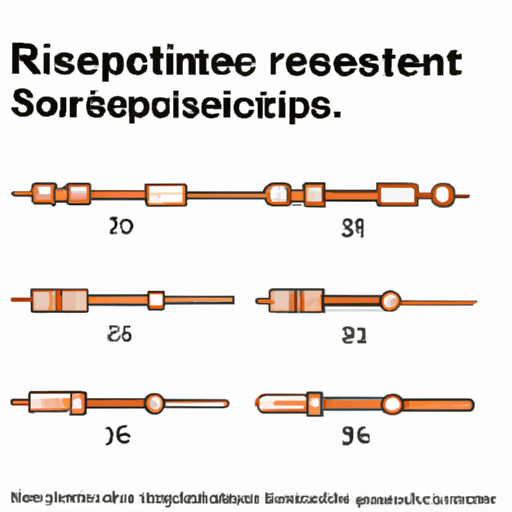What is the current situation of the inductive-free resistor industry?
The Current Situation of the Inductive-Free Resistor Industry
I. Introduction
In the realm of electronics, resistors play a crucial role in controlling current flow, dividing voltages, and dissipating energy. Among the various types of resistors, inductive-free resistors have emerged as a significant innovation, particularly in high-frequency applications where traditional resistors may falter. Inductive-free resistors, as the name suggests, are designed to minimize or eliminate inductance, making them ideal for applications where signal integrity is paramount. This blog post delves into the current situation of the inductive-free resistor industry, exploring its historical context, market dynamics, technological advancements, applications, challenges, and future trends.
II. Historical Context
The evolution of resistor technology has been marked by significant advancements, from simple carbon composition resistors to sophisticated thin-film and thick-film resistors. The introduction of inductive-free resistors can be traced back to the growing demand for components that could operate effectively at high frequencies without the adverse effects of inductance. Traditional resistors, while effective in many applications, often introduce unwanted inductive reactance, which can distort signals and reduce performance in high-speed circuits.
Inductive-free resistors were developed to address these limitations, utilizing innovative designs and materials that minimize inductance. This shift has allowed engineers to design more efficient and reliable electronic systems, particularly in telecommunications, automotive, and industrial applications.
III. Market Overview
As of 2023, the inductive-free resistor market has experienced significant growth, driven by the increasing demand for high-performance electronic components. The market size is estimated to be in the hundreds of millions of dollars, with a compound annual growth rate (CAGR) projected to continue as industries increasingly adopt these advanced resistors.
Key players in the inductive-free resistor industry include established electronics manufacturers and specialized companies focusing on high-frequency components. Major players such as Vishay Intertechnology, Yageo Corporation, and Bourns, Inc. are at the forefront, continuously innovating to meet the evolving needs of the market. Geographically, North America and Asia-Pacific are leading regions, with a strong presence of electronics manufacturers and a growing demand for advanced technologies.
IV. Technological Advancements
Technological advancements in the inductive-free resistor industry have been pivotal in enhancing performance and reliability. Innovations in design, such as the use of surface-mount technology (SMT) and advanced packaging techniques, have allowed for more compact and efficient resistor solutions. Additionally, the development of new materials, including ceramic and metal film, has improved thermal stability and reduced noise, further enhancing the performance of inductive-free resistors.
The impact of these technological advancements is profound, as they enable inductive-free resistors to maintain their performance even in challenging environments. This reliability is crucial for applications in telecommunications, where signal integrity is essential, and in automotive systems, where components must withstand harsh conditions.
V. Applications of Inductive-Free Resistors
Inductive-free resistors find applications across a wide range of electronic devices and systems. Their ability to operate effectively at high frequencies makes them particularly valuable in telecommunications equipment, such as routers, switches, and signal amplifiers. In these applications, the elimination of inductance helps maintain signal clarity and reduces distortion, which is critical for high-speed data transmission.
Moreover, inductive-free resistors are increasingly used in automotive electronics, where they play a vital role in power management systems, sensor applications, and advanced driver-assistance systems (ADAS). As vehicles become more electrified and automated, the demand for reliable and efficient electronic components continues to grow.
In industrial sectors, inductive-free resistors are utilized in automation systems, robotics, and control systems, where precision and reliability are paramount. Their ability to perform consistently under varying conditions makes them an ideal choice for these demanding applications.
VI. Challenges Facing the Industry
Despite the growth and potential of the inductive-free resistor industry, several challenges persist. One of the primary challenges is competition from traditional resistors, which may still be preferred in certain applications due to their lower cost and established performance. As manufacturers seek to balance cost and performance, the adoption of inductive-free resistors may be slower in some segments of the market.
Additionally, supply chain issues and material shortages have posed challenges for the industry. The global semiconductor shortage, exacerbated by the COVID-19 pandemic, has affected the availability of key materials used in resistor manufacturing. This has led to increased lead times and costs, impacting the overall market dynamics.
Regulatory and environmental concerns also play a role in shaping the industry. As governments worldwide implement stricter regulations on electronic waste and sustainability, manufacturers must adapt their processes and materials to comply with these standards. This shift may require significant investment in research and development, further complicating the landscape for inductive-free resistor manufacturers.
VII. Future Trends
Looking ahead, the inductive-free resistor industry is poised for continued growth and innovation. Market predictions indicate a robust expansion, driven by the increasing demand for high-frequency components in emerging technologies such as 5G telecommunications, Internet of Things (IoT) devices, and electric vehicles. As these technologies become more prevalent, the need for reliable and efficient inductive-free resistors will only intensify.
Emerging technologies, such as advanced materials and manufacturing techniques, are expected to further enhance the performance of inductive-free resistors. For instance, the development of nanomaterials and 3D printing techniques may lead to new designs that offer even lower inductance and improved thermal management.
Shifts in consumer demand and preferences will also influence the industry. As consumers become more aware of the importance of sustainability and energy efficiency, manufacturers will need to prioritize eco-friendly practices and materials in their production processes. This trend may drive innovation in the design and manufacturing of inductive-free resistors, leading to more sustainable solutions.
VIII. Conclusion
In summary, the current state of the inductive-free resistor industry reflects a dynamic and evolving landscape. With a rich historical context, a growing market, and ongoing technological advancements, inductive-free resistors are becoming increasingly integral to modern electronic systems. However, challenges such as competition, supply chain issues, and regulatory concerns must be navigated to ensure continued growth and innovation.
As the industry looks to the future, the importance of ongoing innovation and adaptation cannot be overstated. The demand for high-performance electronic components will only continue to rise, and inductive-free resistors are well-positioned to meet this demand. By embracing new technologies and addressing the challenges ahead, the inductive-free resistor industry can thrive in the years to come.
IX. References
1. Academic journals and articles on resistor technology and market analysis.
2. Industry reports from market research firms detailing trends and forecasts.
3. Interviews with industry experts and stakeholders to gain insights into current challenges and future directions.
This comprehensive overview of the inductive-free resistor industry highlights its significance in the electronics sector and underscores the importance of innovation in meeting the demands of a rapidly evolving technological landscape.






